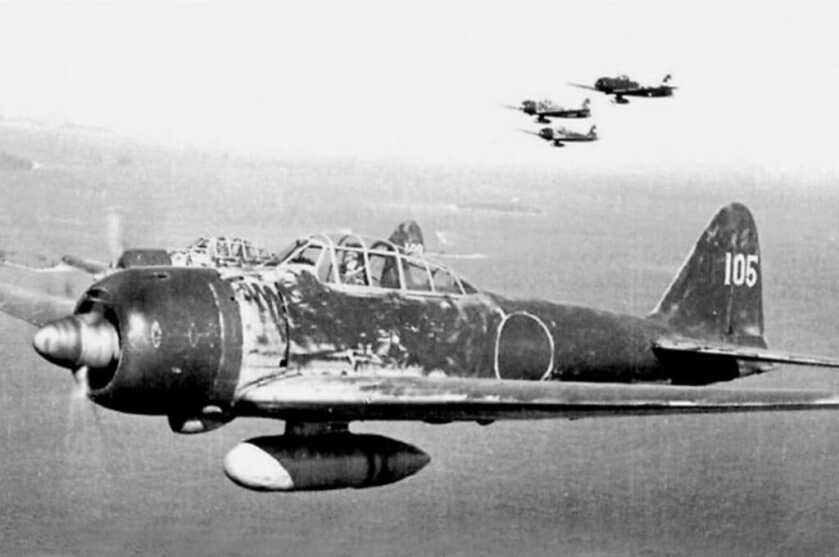
Elizabeth McHutcheson was a hearty woman of Scottish descent cursed with a terminal case of wanderlust. She married a ship’s captain named Francis Sinclair and eventually produced six children. Elizabeth moved her family to New Zealand and established a farm. However, her husband and eldest son were later lost at sea along with most of the family’s possessions.

Down but not out, Elizabeth relocated to Canada and then Hawaii with the remains of her family. Once settled in she bought the Hawaiian island of Ni’ihau for $10,000. Ten grand was an astronomical sum in 1864, but it turned out to be a fairly prescient investment.
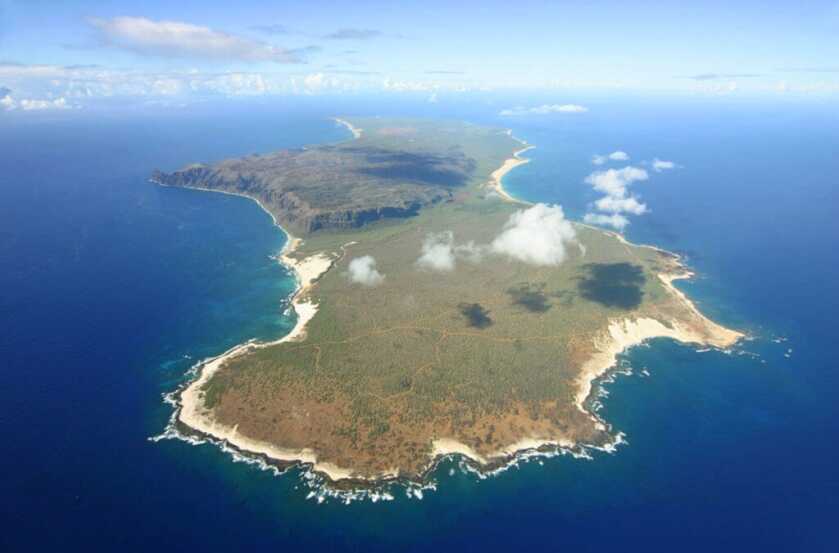
Ni’ihau is the furthest West and second smallest of the primary Hawaiian Islands. Ownership of the island passed down through the family until 1941 when Elizabeth’s great-grandson Aylmer Robinson maintained possession. Aylmer was a Harvard graduate who spoke fluent Hawaiian. He was a benevolent landlord who lived on nearby Kaua’i. His island was accessible by permission only which was seldom granted. Robinson made weekly visits by boat to check on the native islanders who held him in high esteem.
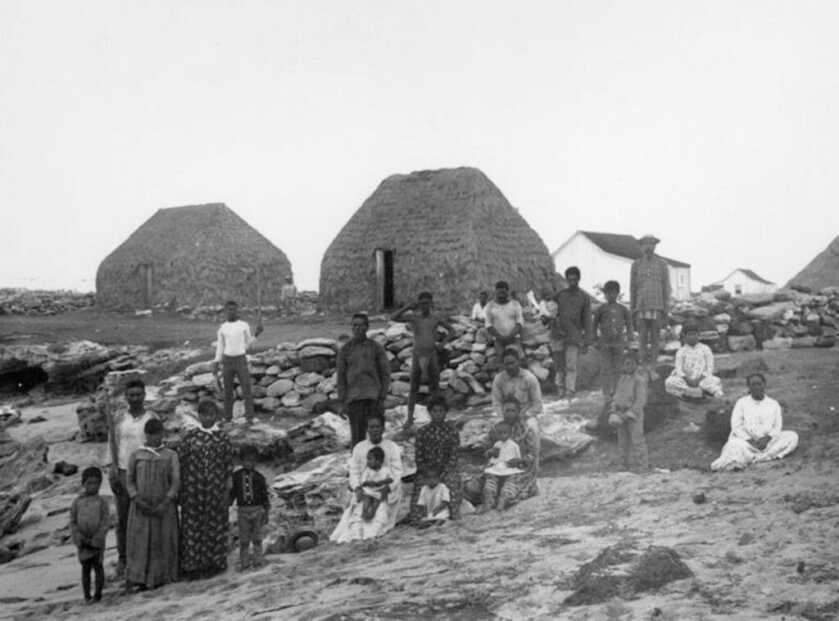
In 1941 one hundred thirty-six native islanders called Ni’ihau home. Among them were three individuals with Japanese ancestry. Aylmer Robinson administered his idyllic little kingdom free from government interference.
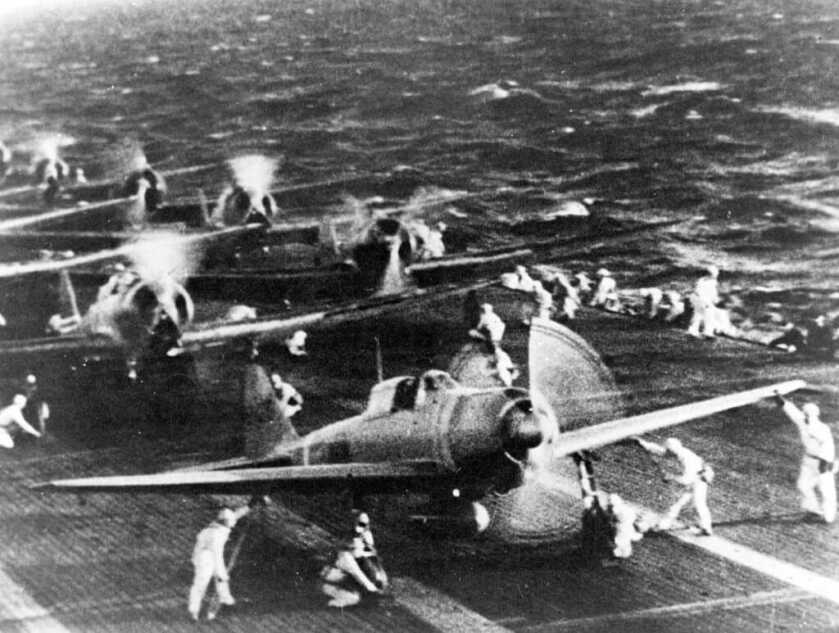
In the buildup to the attack on Pearl Harbor, Japanese naval planners mistakenly assessed Ni’ihau as uninhabited. As a result, they briefed their aviators to divert to Ni’ihau in the event of battle damage preventing return to the carriers. The plan was for downed aircrew to survive on the island until they could be retrieved via submarine.
The Plot Thickens
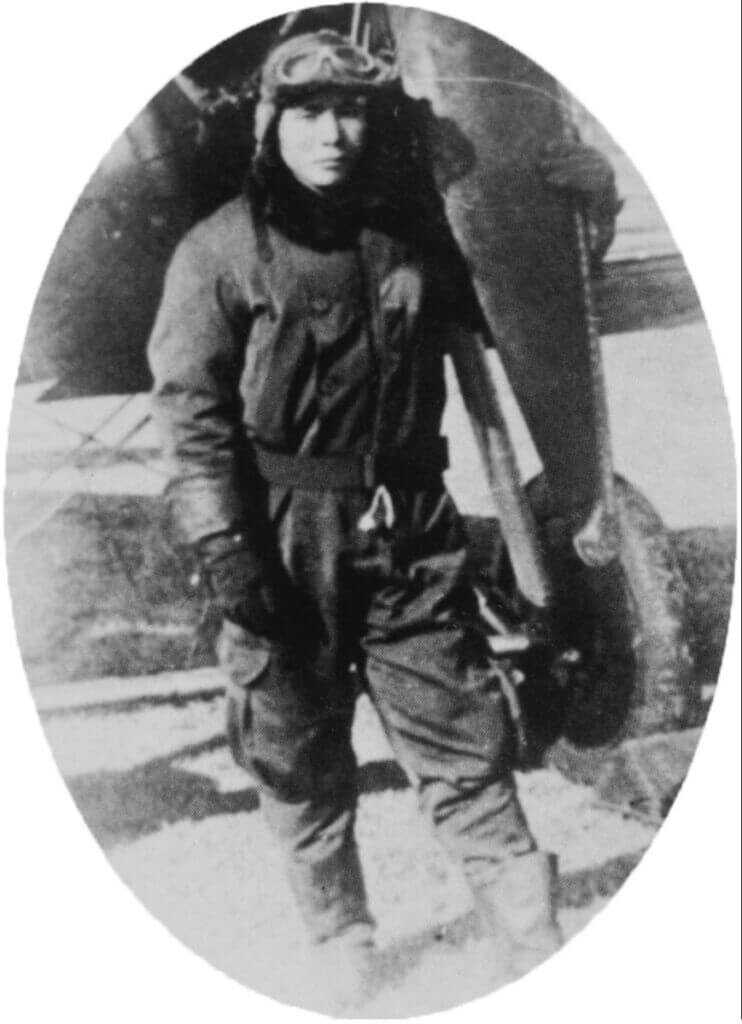
On the morning of December 7, 1941, Airman First Class Shigenori Nishikaichi launched his A6M2 Zero fighter B11-120 from the carrier Hiryu as part of the second wave. Unlike the first attack that achieved complete tactical and strategic surprise, the second element flew into a hornet’s nest. American fighter resistance was negligible, but the warships anchored at Pearl bristled with antiaircraft guns. .50-caliber, 20mm, 40mm, and 5-inch antiaircraft weapons filled the sky with steel.
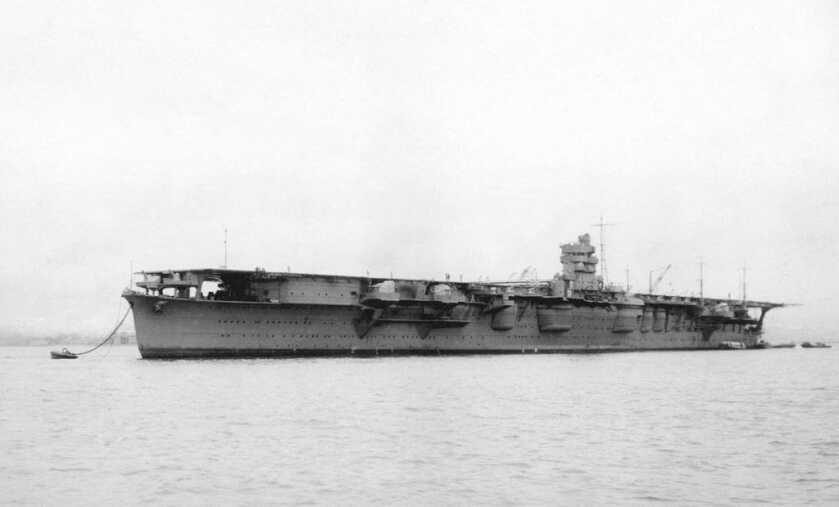
Nishikaichi’s Zero was badly damaged during a strafing run on Wheeler Field and limped away trailing smoke. Realizing that there was no way his nimble Zero was going to make it home, Nishikaichi diverted for Ni’ihau. Crash-landing his crippled fighter in a field near a local named Hawila Kaleohano, Nishikaichi was briefly dazed but otherwise unhurt.
The Chemical Formula for Awkward
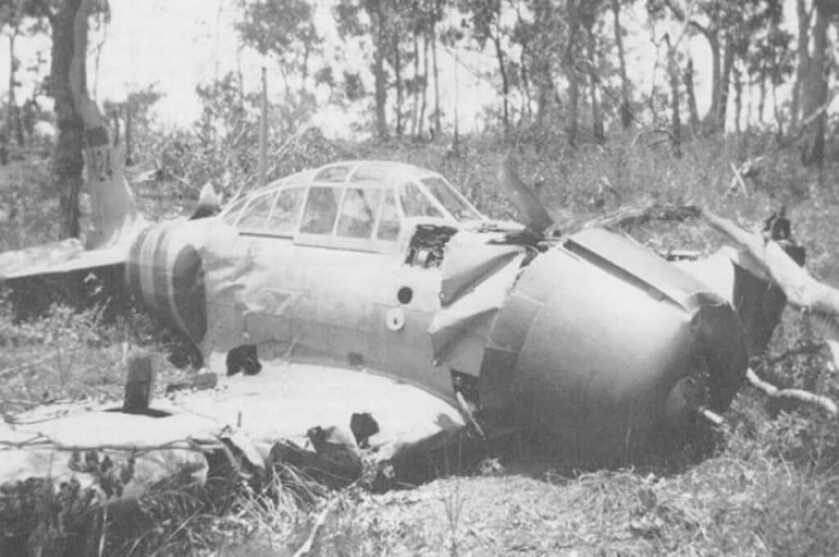
The arrival of Nishikaichi’s Zero was the biggest event on Ni’ihau in collective memory, and the islanders all came out to gawk. They knew that the relationship between the United States and the Empire of Japan was strained. However, the Hawaiians are a naturally friendly people. Hawila Kaleohano relieved the young aviator of his handgun and personal documents, and the rest of the islanders threw the lad a party.
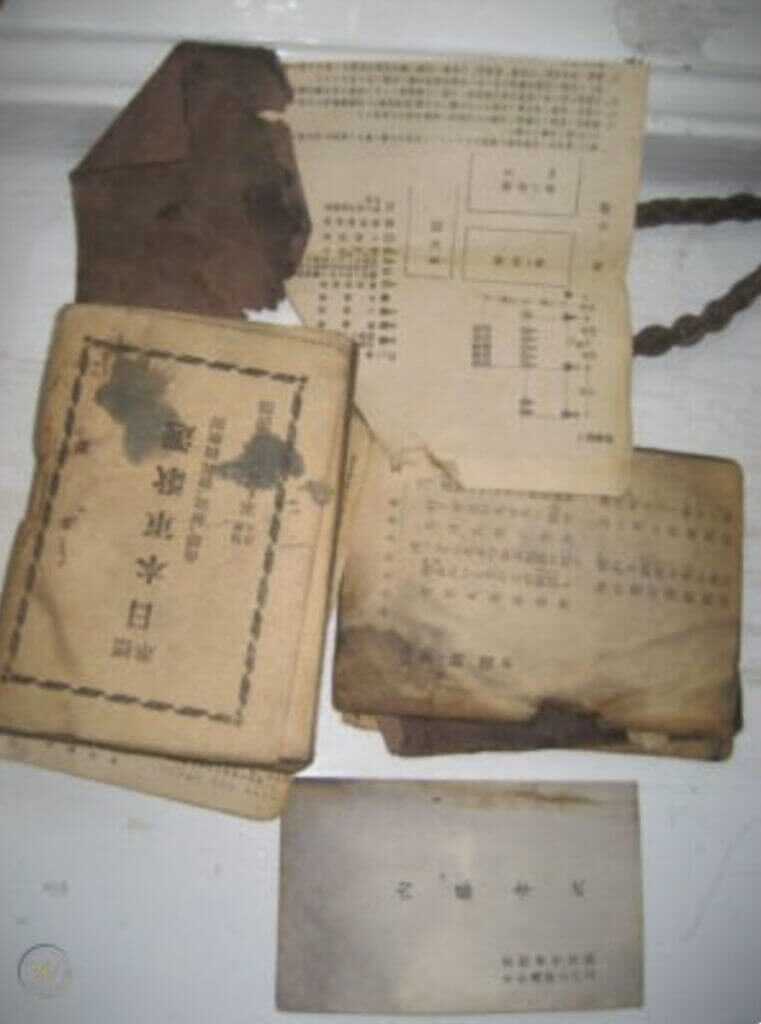
Only the three islanders with a Japanese nexus spoke Japanese, and the rest of the Ni’ihau inhabitants were unable to communicate with their new guest. For ease of explanation we will refer to these three individuals by their first names—Ishimatsu, Yoshio, and Irene. However, the Japanese pilot was becoming ever more agitated about the loss of his maps, weapon, and mission directives.

The island’s residents caught a report of the attack on a battery-powered radio and confronted the Japanese pilot. Their intent was to send him back with Mr. Robinson when he arrived on his next scheduled visit. Their guest now effectively became their prisoner.
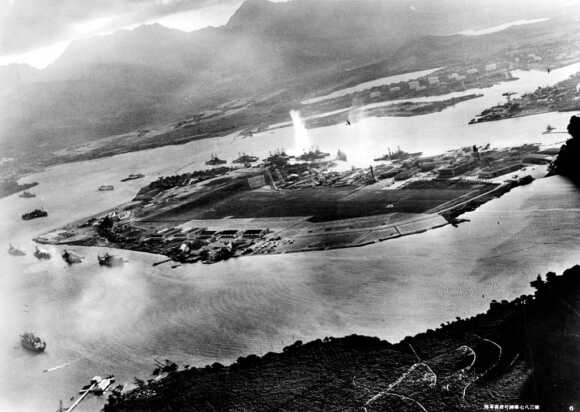
Aylmer Robinson failed to arrive on his appointed day, and this unsettled the islanders. Robinson was typically quite punctual. However, the military had banned boat traffic, so Ni’ihau was effectively isolated.
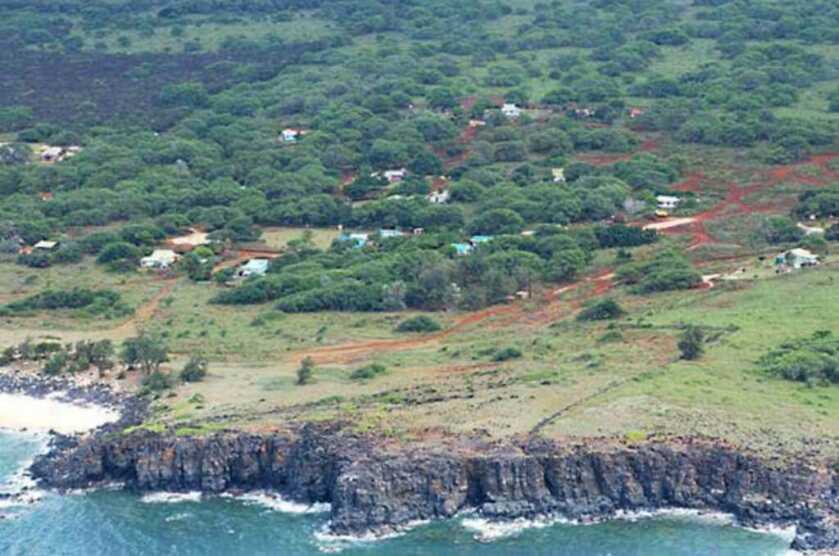
Petty Officer Nishikaichi was remanded to the home of Yoshio and Irene, two of the islanders with Japanese connections, to be overseen by four volunteer guards. Unbeknownst to the rest of the island’s inhabitants, Yoshio and his wife were re-evaluating their loyalties. All the while the pilot’s classified documents remained in the possession of Hawila Kaleohano, the man who had originally encountered the pilot.
A Cold War Goes Hot
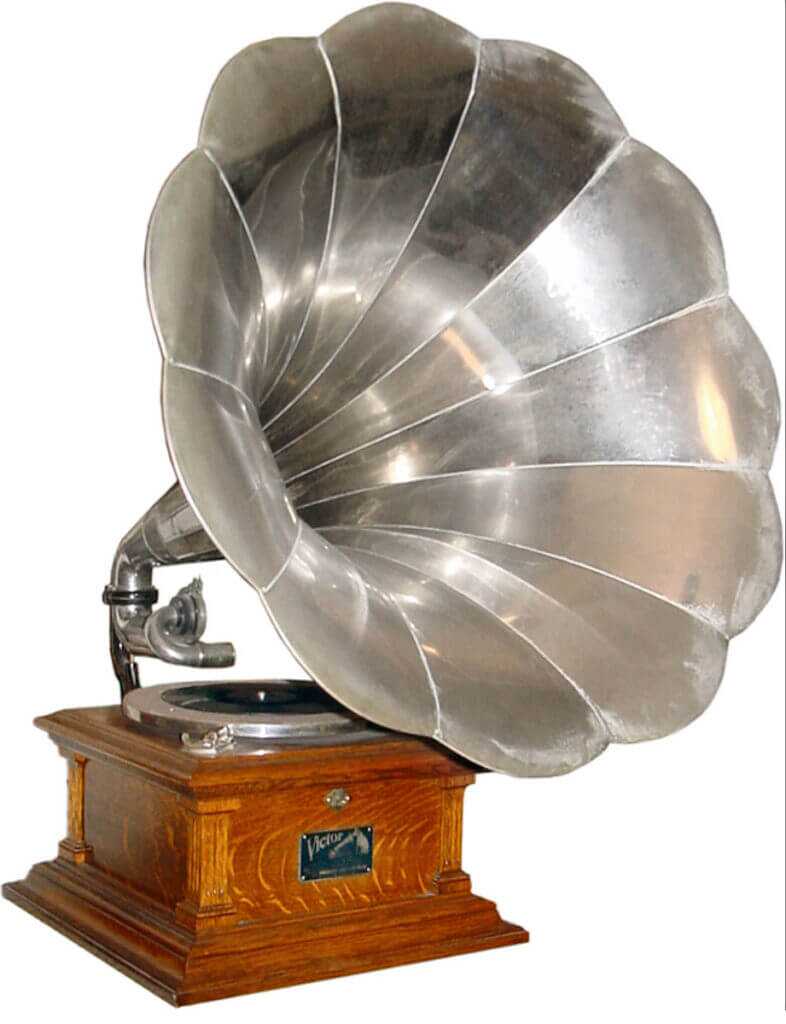
These people were not soldiers, and three of the four guards eventually wandered off. Seeing their opportunity Irene turned her phonograph up to cover the sounds of the ensuing struggle, while her husband and the pilot attacked the remaining guard. In short order the two had the man secured in a warehouse and had retrieved Nishikaichi’s pistol as well as a shotgun.
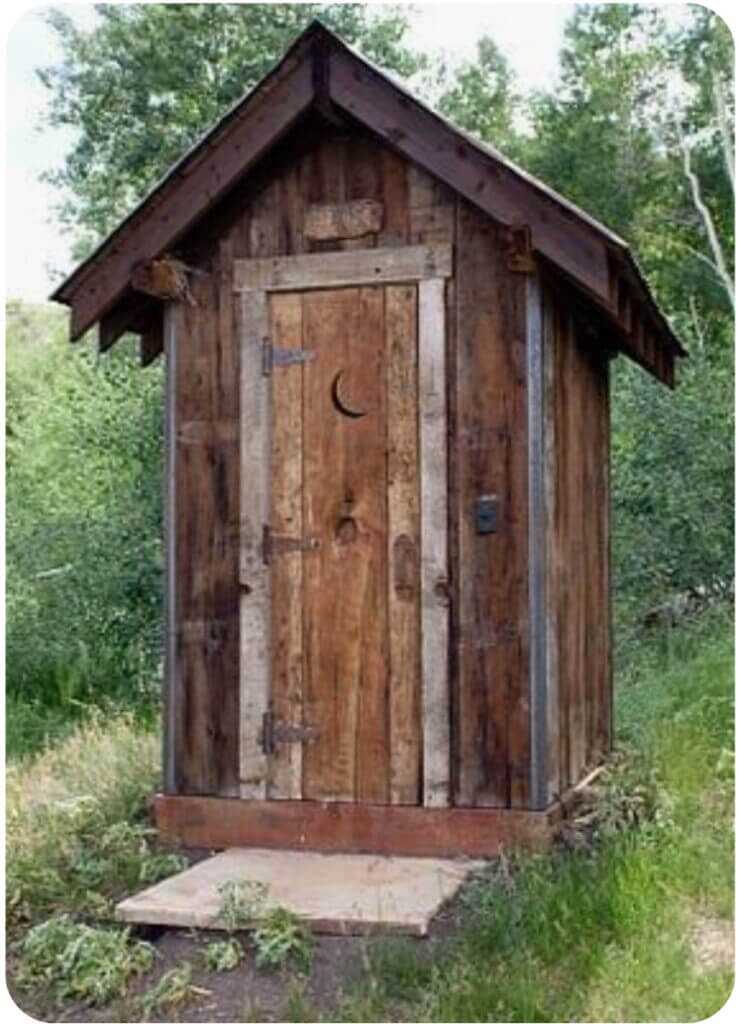
The two men then proceeded to Kaleohano’s home in search of the attack plans. They arrived during the man’s quality time, so he was serendipitously hidden unseen in his outhouse. When the moment was right Kaleohano fled the privy and ran for his life, shotgun blasts chasing him down the trail. Thusly alerted the islanders retreated to caves, thickets, and distant beaches, unable to believe that these people with whom they had shared the island were now actively firing upon their friend and neighbor.
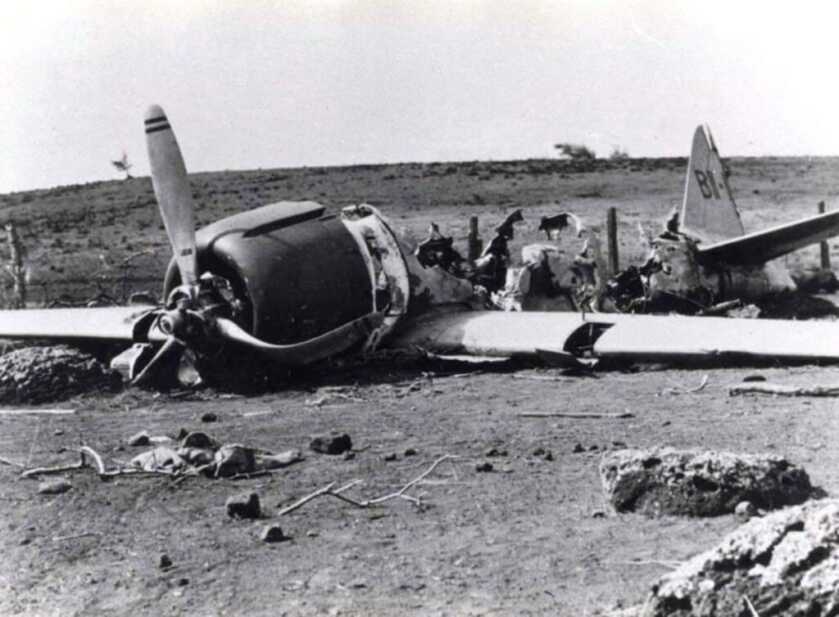
The pilot and his compatriot then stripped a 7.7mm machinegun and ammo from the plane, unsuccessfully attempted to use the radio to contact the Japanese fleet, and set the Zero alight. They then went to Kaleohano’s home and burned it to the ground in a further effort to destroy Nishikaichi’s classified documents.
It Gets Worse…
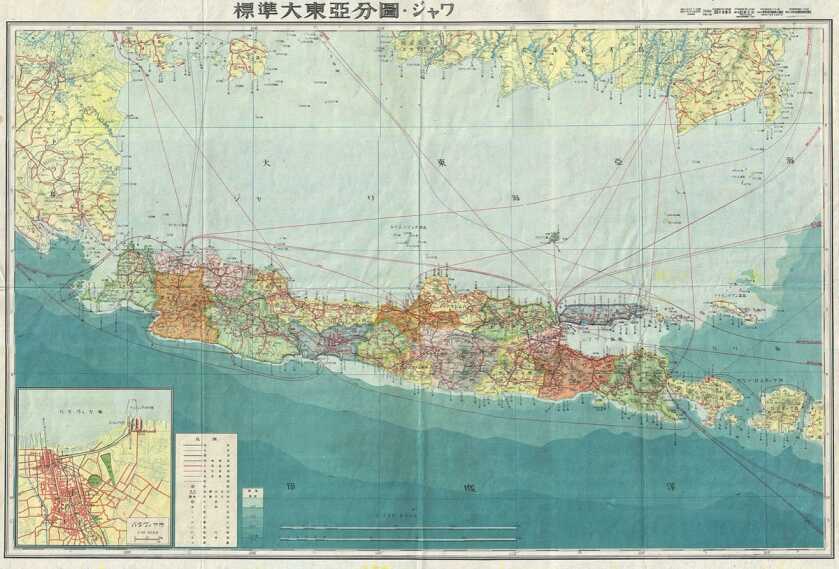
Kaleohano, his home conflagrated, kept the Japanese military documents in his possession and took to a boat to row to the nearest nearby island. Not realizing he was gone, Nishikaichi and Toshio press-ganged a local couple named Ben Kanahale and his wife Ella into the hunt for Kaleohano. The pair took Ella hostage to motivate her husband to stay on task.
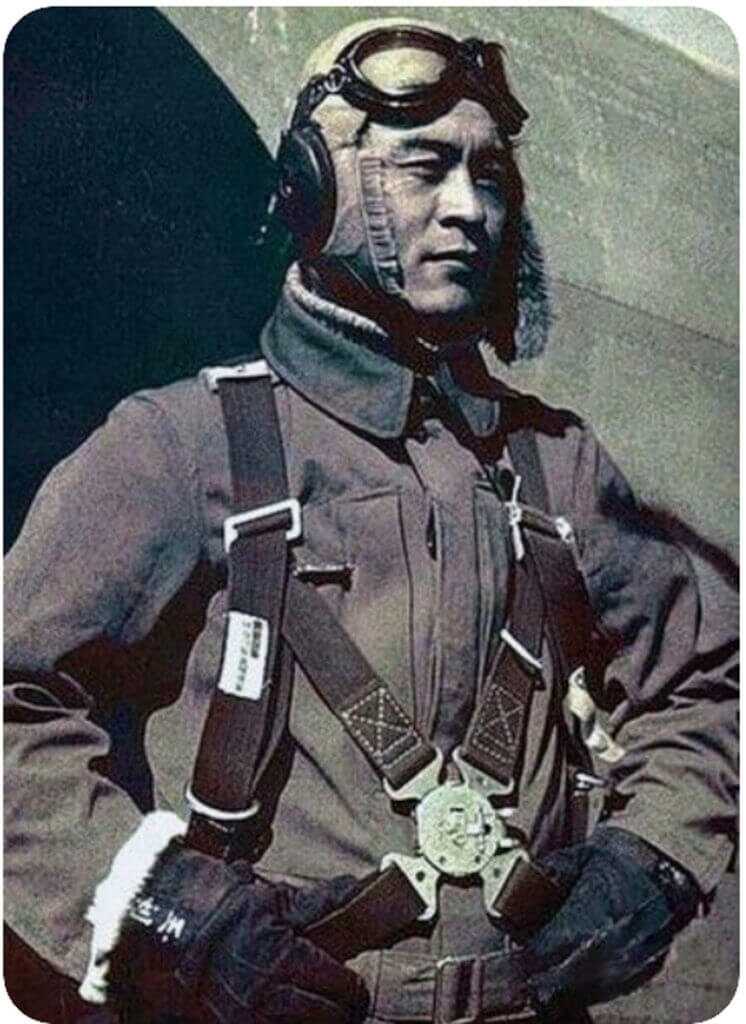
Ben wasted a little time pretended to search and returned to check on his wife. When Nishikaichi realized he was being deceived he pulled his pistol and threatened to kill everyone in the village. At this provocation Ben Kanahale went full Chuck Norris on the man.
The Gun
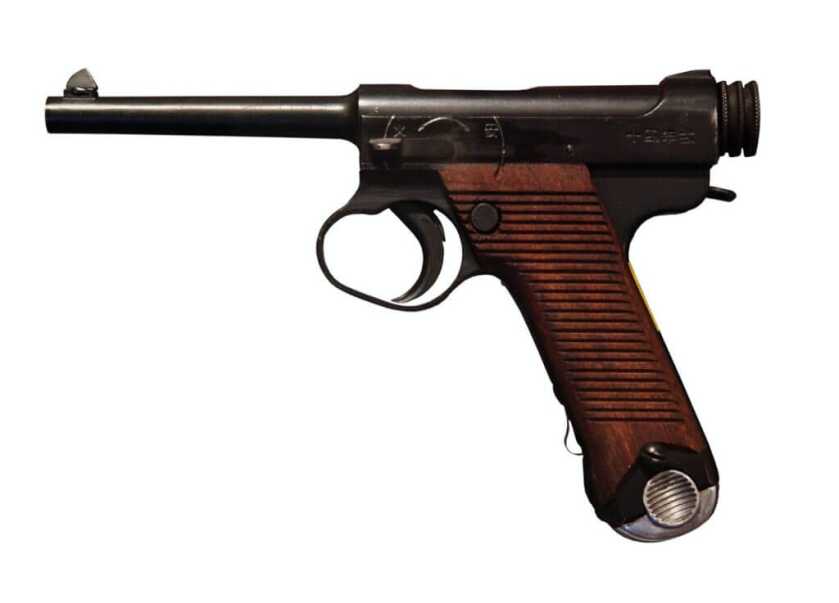
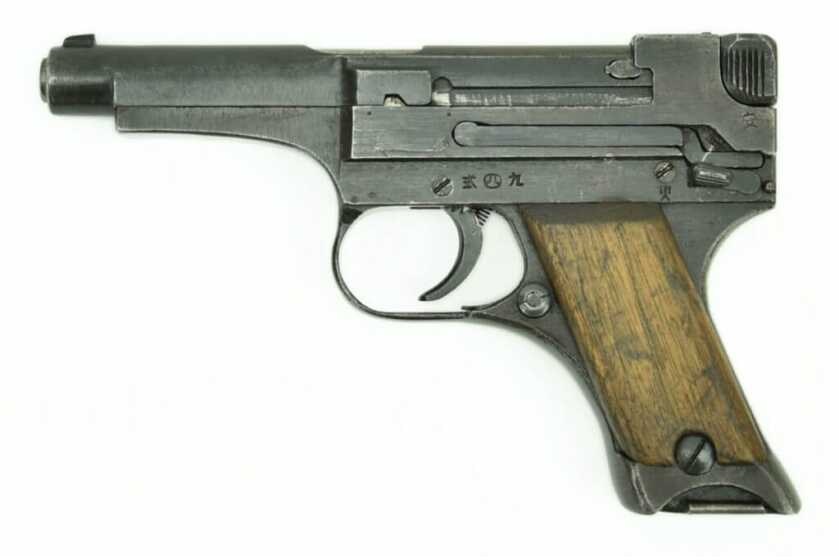
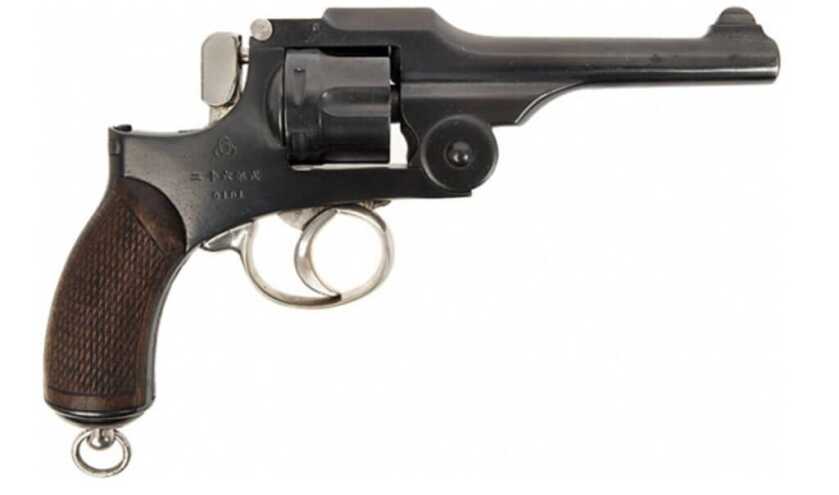
For reasons you will find out momentarily, the exact model of the handgun has been lost to history. However, the three most likely candidates are the 8mm Type 14 or Type 94 autoloaders or the Type 26 revolver. Balance of probability suggests that at the beginning of the war in the hands of an elite Japanese Naval Aviator his handgun was likely a Type 14 Nambu.
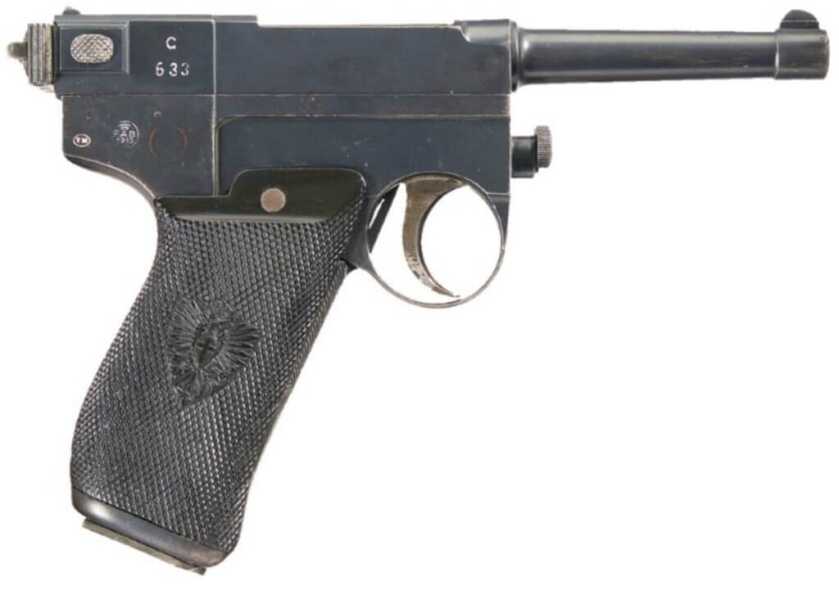
The Type 14 is a recoil-operated, locked-breech, semiautomatic handgun whose original mechanism dates back to the late 19th century. LTG Kijiro Nambu designed the weapon along with an array of other Japanese military arms. The locked-breech mechanism favors and was likely inspired by that of the Glisenti Model 1910.

The Type 14 debuted in 1925 and fires the relatively anemic bottlenecked 8x22mm round common to all Japanese wartime autoloading handguns. Considerably less powerful than the 7.62x25mm, 9mm Parabellum, and .45ACP rounds used by other combatant nations, the 8mm Nambu was marginal at best. The Type 14 fed from an 8-round box magazine, sported a 4.6-inch barrel and weighed about 2 pounds. About 400,000 copies were produced.
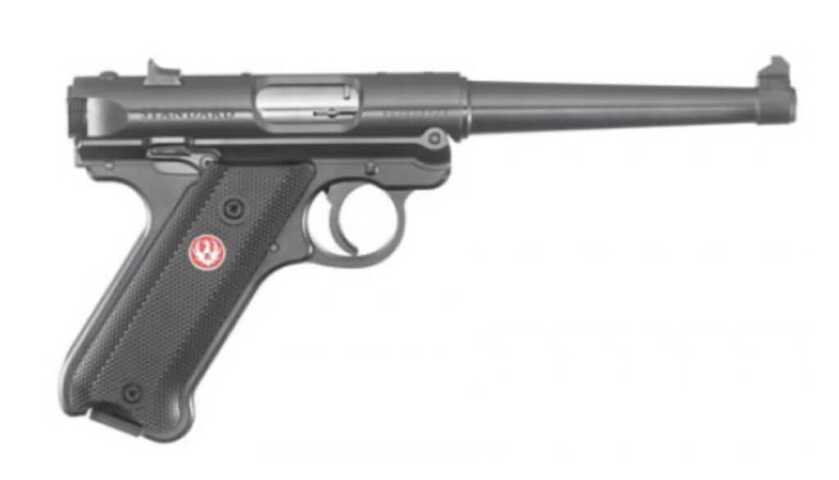
Japanese officers were expected to buy their own handguns, and the Type 14 was a popular souvenir of combat in the Pacific. As the war progressed and B29 attacks strangled the home islands the quality of these weapons declined precipitously. Bill Ruger bought a Type 14 from a returning Marine in 1945 and used it as a basis for his Ruger Standard pistol that eventually morphed into the Mk I, II, III, and IV .22 handguns so common today.
The Climax
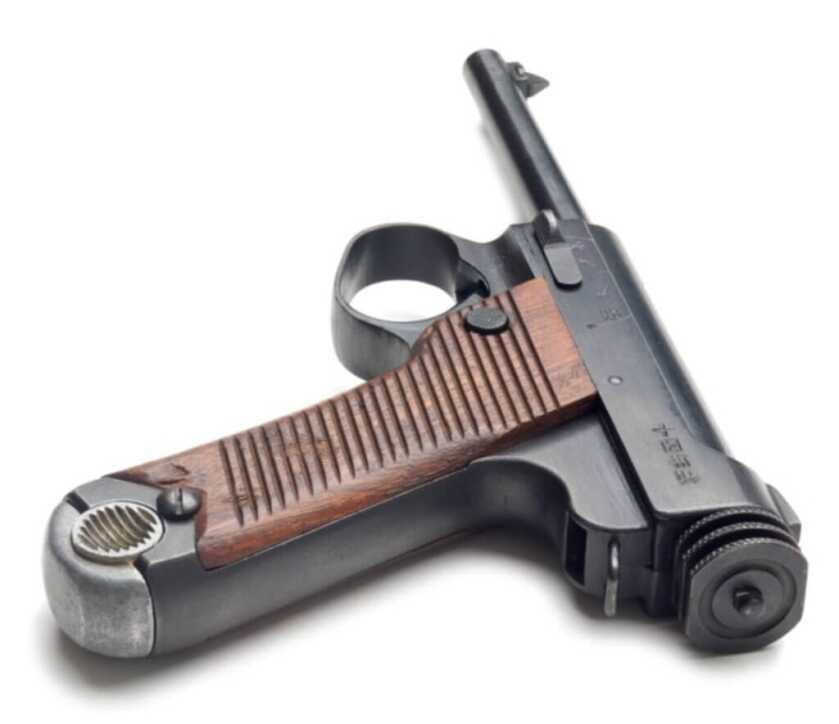
Seeing an opportunity, Ben Kanahele and his wife Ella jumped the distracted Japanese pilot and his turncoat buddy. Ella grabbed his gun arm, but Yoshio Hamada peeled her off. Nishikaichi then shot Ben three times, striking him in the upper leg, groin, and abdomen. This turned out to be a grave mistake.

Kanahele was a sheep farmer and a powerful man. Despite his grievous injuries he took hold of the Japanese pilot, lifted him bodily, and threw him headlong into a stone wall. Ben and Ella then fell upon the dazed Japanese aviator with a vengeance. Ella smashed his head with a rock, and Ben cut the man’s throat with his hunting knife. Overcome by events, Nishikaichi’s ally Yoshio shot himself in the head with the shotgun.
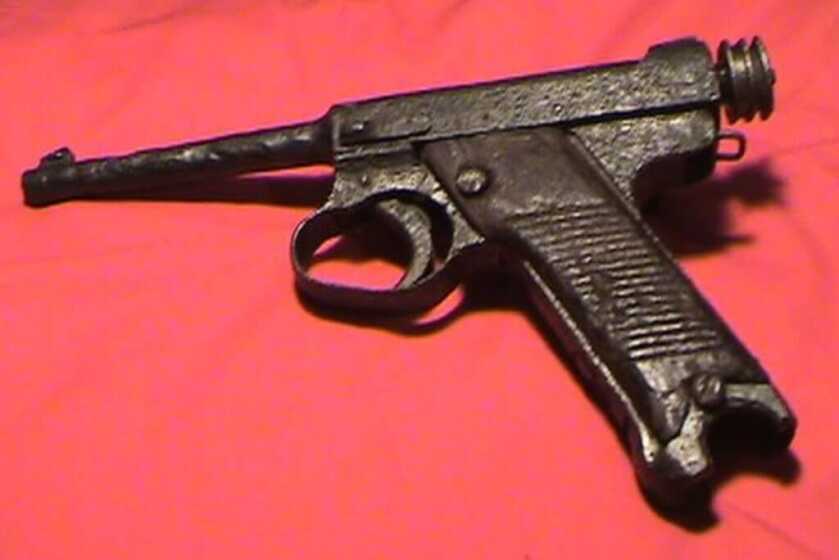
Ella Kanahele snatched up the shotgun and pistol and ran for help. Along the way she inadvertently dropped the weapons. The pistol was never recovered, but the shotgun washed up in a flood some five years later.
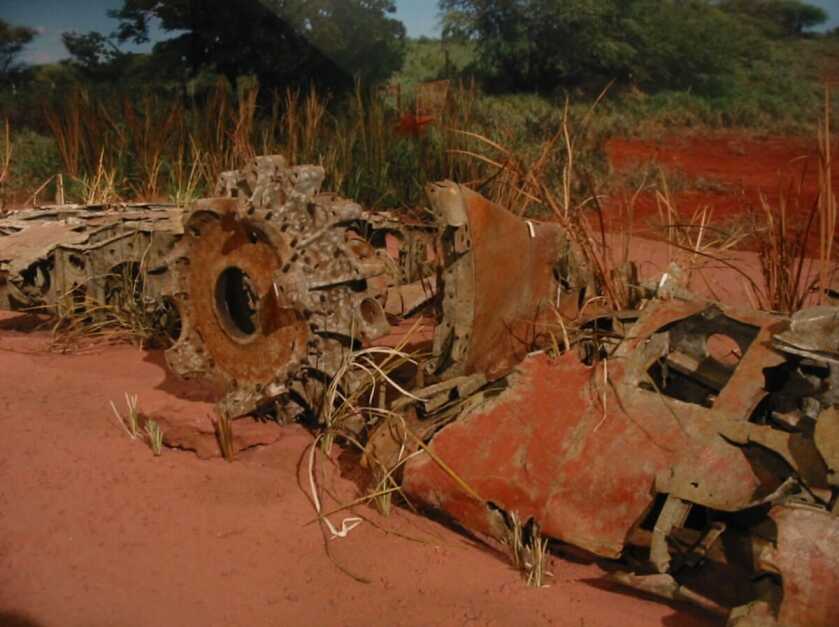
Yoshio’s widow spent the next 31 months in prison and was released in June of 1944 despite never being formally charged with a crime. Ben Kanahele was evacuated to a nearby island with a hospital and ultimately recovered, being awarded the Medal for Merit and Purple Heart for killing the Japanese pilot in close combat. The remains of Nishikaichi’s Zero are on display at the Pacific Aviation Museum at Pearl Harbor today.
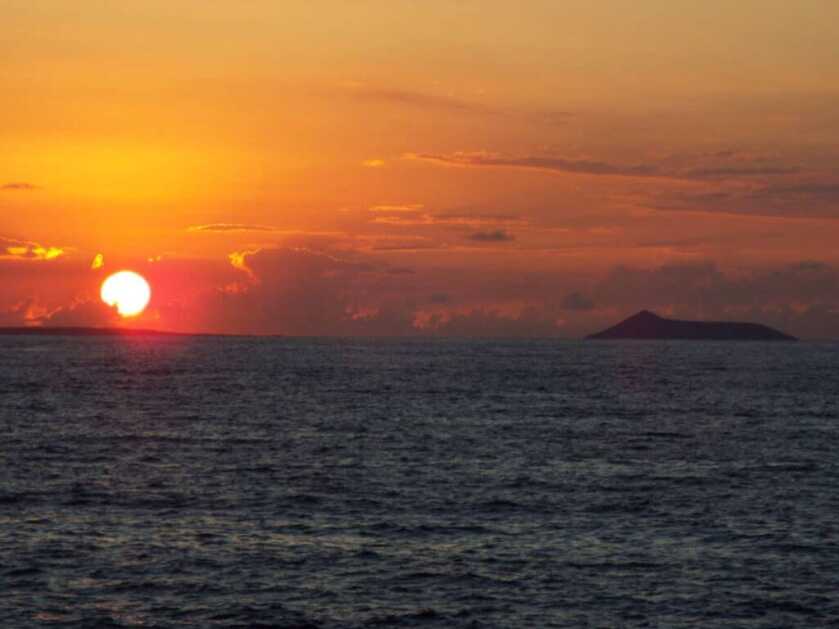


The Ni’ihau Incident took place, of course, on December 7, 1941. The United States had to wait until July 10, 1942, to capture their first Mitsubishi A6M Zero Japanese fighter aircraft (which had crash-landed the previous month on Akutan Island in Alaska Territory). This seven-month delay caused a corresponding delay in understanding how best to fight the Mitsubishi A6M Zero in air-to-air combat, and directly contributed to the deaths of many fine Army, Navy and Marine Corps aviators.
I have heard this story before but not in this concise, condensed form. I have always thought that this affair more than justified relocating Japanese speaking citizens and residents so they could be under watch for awhile. And no, I do not believe they had to surrender all their possessions! What kind of a troll would even suggest such a thing!
Dr. Dabbs is a multi-talented individual. He knows his military history, which is characteristic of a Dixie son. When I acquire a firearms magazine, I usually read his pieces first in case I run out of time or someone else takes it before I finish it.
Overall this is a well researched and written account. However, there is one factual error that I noticed. The original Nambu autoloader, the so called “Grandpa” Nambu, dated back to about 1896 or 1897. The Type 14 was an evolutionary design based upon it. Therefore the Type 14 was in no way based upon or influenced by the 1910 Glisenti.
The internment of Japanese Americans has heard one loud objection over the years, usually concluding with ‘there was never a case of a Japanese American disloyal to the U.S.’. This story has been known for years, yet no one has pointed to it indicating on day 1 it did in fact occur. It took months for the U.S. to recover an intact A6M2; think of the lives that might have been saved if this one was found intact within weeks of December 7th, 1941. Would the remarkable speed with which the F6F Hellcat was developed happened sooner with this airframe tested early?
The internment camps were a sad piece of U.S. history, however President Roosevelt knew of the Ni’ihau instance and I’ll wager made his decision with it in mind.
Nishikaichi’s remains were returned to his family in 1956.
Great story! The photo of the Ruger Mark IV should be changed to what is described in the story as a “Mark I”. Or, if you really want to be accurate show a “Standard Auto” which was actually the model Bill Ruger fashioned after the Nambu pistol.
What ended up happening to the military documents?
the worthless news made no mention of PearlHarbor in 2020.
breaks my heart
it was WW2 fir crying out loud
enemie withen, was good but totally different, submerged airplanes dont contact subs, poor writing
In these difficult times we are living in I am so looking forward to your coming articles Mr. Lynch, Dr. Dabbs has carried the ball quite efficiently providing us followers a escape as well as a interesting perspective about history and the gun. I can only imaging in his busy life of saving peoples lives working as a doctor and minding that dog or “Dogs” replacement he is also looking forward to you carrying the ball for a while, entertain away….
Thank You Dr. Dabbs- looking forward to your next adventure.
Hogleg.
In this overly distracted calendar year of 2020 our main stream media (MSM) aka worthless news, also forgot to mention the anniversary of the assassination of our 35th President, John Fitzgerald Kennedy (JFK) who died in Dallas Texas on 11-22-1963.
Is everybody still happy and satisfied with the cover story (The Warren Commission Report) which we were given afterwards of the events which transpired?
What became of the pilots body?
Chops and hand. Bones became musical instruments and the skin properly preserved has many uses.waste not want not
Another interesting article. I look forward to all your work. Liked the Chuck Norris reference!!
Great story. Just love history.
Never knew all this. I wonder what became of the pilot’s body after he died?
The movie “Enemy Within” is about the Ni’ihau incident, and was very interesting.
Wow! There was certainly more events in regards to Pearl Harbor! Very Interesting! thanks
Japanese Military had a code of honor to never surrender lest ye be deemed a coward or less than human
Well the ENTIRE NATION of JAPAN did surrender did they not> So by their CREED, they were ALL Cowards
As for WHY Truman A-Bombed Japan> He had bigger fish to fry> When Japan surrendered Truman picked up
a phone, called the Soviets and gave them 48 hrs to remove Soviet troops from Turkey or he’d “Drop the Bomb on ’em” He added “IF U do NOT believe I’ll do it, U need to discuss it w/JAPAN” Soviet troops were gone in 24hrs
1. There were a lot of Japanese, even in the government, who did not subscribe to the Bushido code.
2. The Japanese Emperor told his people he alone would take the shame for surrendering.
3. Would you have preferred the Japanese had fought to the very last one of them? Perhaps you think the invasion of the Japanese main islands would have cost the US just a broken shoulder and some crushed potatoes.
4. The fact the Japanese surrendered allowed the US to claim it had a warehouse full of nukes ready to use, while in reality there were none left. It may come as a shock but at the time it took longer to build an 8kT nuclear device that it took to take your car to the local shop for an oil change.
Wow! What a great story. It’s a wonder no one ever found Nishikaichi’s Type 14. Too bad it isn’t on display today, along with the remains of his Zero, at the museum in Pearl. Thanks for the wonderful read. RB
I enjoyed the article. However I have some comments about other articles that had comments closed
before I read them. This article said the first Ruger pistol morphed into the Mark I, Mark II etc. , not true.
The Mark I and the original were concurrent. All Mark I pistols were target models with adjustable sights.
Also, in the article about the M41 Smith&Wesson it said left handed shooters had to purchase custom
stocks. Not true, the factory stocks are ambidextrous and fit left and right handed shooters equally
well.
I was aware of the Ni’ihau Zero crash since serving at Wheeler AFB 1968-72 as a forward air controller supporting the 25th Infantry Division at Schofield Barracks – but didn’t know the tie to Bill Ruger. Great story by Dr. Dabbs – I read him regularly.
The Japanese people who had lived among the Hawaiians for some time, joined in with the fighter pilot. FDR was correct in rounding these people up. Uncountable lives were saved.
Foreign born Germans and Italians in the US may have suffered the same treatment as the Japanese. I believe that Joe DiMaggio’s parents were interned. Hard to find info on that issue though.
Do note those Japanese Americans had to give away all their possessions — house, cars, businesses — to Red Blooded Americans when moved to internment camps. I do wonder if they were required to leave a flower in a vase as a welcoming gift to the new residents, like the Jews were required to do in Germany.
That was a real good article. Like others, this was so obscure and fascinating.
Stationed at Wheeler w 25 ID avn., I could see the crater repairs on the ramp. We flew training around the old Haleiwa field. And I didn’t know it at the time, was hiking up on kolekole pass and came across what I later found out was the radar site(very secret) that saw the incoming a/c in raid.
This might illustrate the tension of ‘Blood Thicker Than Water’ and dealing with an enemy that could pull an inside job. Internment camps have a whole new meaning.
Now the gun side. My aircrew weapon issued was SW model 10(peacetime). If I was going in to battle, I’d want more, of course. I would be interested what aircrews were allowed to carry in the sandbox?
Wheeler AAF. The two hangers at the highest point near where the Credit Union was had reminders of the attack of Pearl Harbor. If one looked up at the steel girders one could see the slightly bent steel beams bent by the 20mm rounds from the Japanese planes. The newer framed building (third one to the west) was built by the “Tora, Tora, Tora” film maker to house their equipment. It was donated to Wheeler after filming. The hanger where it stands was destroyed on Dec 7, 1941. As far as I know, Colt and S&W .38s were still issued up through the 1990s for the Army aircrew. Those were the one’s I used to annually qualify with up to 1991 at Wheeler AAF.
Doc Dabbs is good at a lot of stuff. Not atypical of a son of Dixie, he knows his military history. I always read his articles first when I get a gun magazine in case I run out of time or someone else makes off with the pub before I’m through with it.😀
Neat piece on some very obscure history!
Great article. History I’ve never read. Goes to show you never know where a neighbors allegiance lay.
I witnessed the Pearl Harbor bombing from the start and the second wave at 10 am. Japanese aircraft were flying so low I could see the pilot working the stick. The Japanese made a fatal blunder: they failed to destroy the drydock and it’s enormous crane and the storage dump containing millions of gallons of aviation gas and ship fuel. An immediate blackout was ordered at night and we were issued and required to carry gas masks. Martial law was invoked.
***
Thank you for the amazing history story! My dear departed Dad and Uncle served in the SP as Navy aircrew after the Dec. 7, 1941 attack.
***
John Bibb
***
I had never heard of this incident. This was an interesting article.
Thanks for the story, Dr. Dabbs. I can’t help thinking that this young man could have surrendered, become a POW, survived the war, and led a rewarding life. Of course that’s true of tens of thousands of other combatants who refused to surrender, even after any further resistance was futile.
As many years as I have been leaving California for the beaches of Hawaii (some 50 years), I have never heard this story and enjoyed it completely. I will be forwarding this on to my military and shooting friends… Thank you for the read today…
Chuck
That’s a fascinating bit of history that I wasn’t aware about. Thanks so much for the effort you put into these articles, I often share them with friends and family.
First class article: as par usual.
Always delighted to see your writing/work in this newsletter. First rate info on the items and related guns.
I have a Nambu 14; given to me by dad: whom picked it up in Iwo Jima/Okinawa……..on way to/from Korea.
Still have it.
Also exlnt point on the Ruger .22 pistol.
Thanx again.